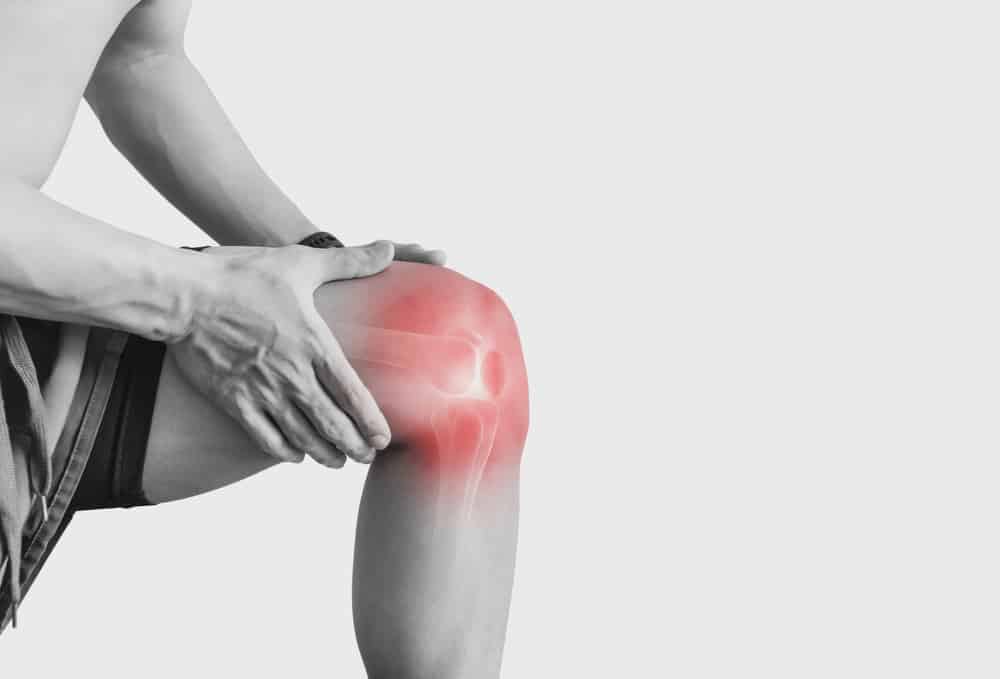Stay Strong, Run Long: Injury Prevention for Runners
Running brings joy, health benefits, and a sense of accomplishment—but it can also bring injuries if we're not careful. At The Friendly Marathon, we believe that prevention is better than cure. Here are our top tips to keep you running strong and healthy before, during, and after our event.

Proper warm-up routines are essential for injury prevention
Before the Event: Preparation is Key
Smart Training Plans
Gradually build your mileage following the 10% rule—never increase your weekly distance by more than 10%. This gives your body time to adapt and strengthen, reducing injury risk significantly.
Cross-Training Matters
Supplement your running with other activities like swimming, cycling, or strength training. This builds supporting muscles that running alone might miss and gives high-impact areas a break.

Strengthen key muscle groups to support your running form
Get the Right Gear
Invest in proper running shoes that match your foot type and running style. Replace them every 300-500 miles, as worn-out shoes lose their shock absorption. Moisture-wicking clothing prevents chafing during long runs.
Listen to Your Body
Learn to distinguish between normal training discomfort and potential injury warning signs. If pain persists during or after running, becomes worse, or changes your running form—take it seriously.
Race Day: Smart Strategies
Warm-Up Properly
Arrive early for a proper warm-up routine. Start with 5-10 minutes of light jogging followed by dynamic stretches like leg swings, high knees, and walking lunges.

A proper warm-up activates muscles and increases blood flow
Pace Yourself
Don't get caught up in race day excitement and start too fast. Begin at a conservative pace—you can always speed up later if you're feeling strong. Many injuries occur when runners push beyond their training levels.
Hydration & Nutrition
Dehydration leads to muscle cramping and increases injury risk. Follow your practiced nutrition plan and use the aid stations strategically throughout the course.
Address Issues Early
If you feel a hot spot on your foot, adjust your sock or apply a blister plaster. Feel a muscle tightening up? Modify your stride or take a short walking break. Early intervention can prevent small issues from becoming race-ending injuries.
Post-Race: Recovery for Future Success
Cool Down Properly
Don't just stop after crossing the finish line. Walk for 10-15 minutes to gradually lower your heart rate and begin the recovery process.

Self-massage tools help release muscle tension after running
Active Recovery
In the days following the race, gentle movement like walking, swimming, or yoga helps circulation and reduces stiffness without adding training stress.
Self-Care Toolkit
Foam rollers, massage balls, compression gear, and ice baths can all aid your recovery. Find what works for your body and make it part of your post-race routine.
Rest & Rebuild
Allow adequate recovery time after a big event. Most runners need at least one day of rest for each mile raced, with even more time before returning to high-intensity training.
Common Trouble Spots & Prevention
Runner's Knee
Prevention: Strengthen quadriceps and hip muscles, ensure proper running form, and replace worn shoes regularly.
IT Band Syndrome
Prevention: Regular foam rolling, hip-strengthening exercises, and gradually increasing mileage and hill work.
Plantar Fasciitis
Prevention: Calf stretches, foot-strengthening exercises, and supportive shoes with good arch support.
Achilles Tendonitis
Prevention: Proper warm-ups, calf-strengthening exercises, and avoiding sudden increases in mileage or intensity.

Strong hips create a stable foundation for injury-free running
When to Seek Professional Help
While many minor discomforts can be self-managed, certain situations warrant professional attention:
- Pain that persists more than 7 days despite rest
- Sharp, stabbing, or severe pain during or after running
- Swelling, redness, or deformity
- Pain that alters your running form
- Any pop, crack, or sudden onset of pain
Community Support: We're In This Together
At The Friendly Marathon, we believe in the power of community knowledge. Join our monthly injury prevention workshops, connect with our partner physical therapists for runner-specific assessments, or share your own prevention success stories in our online community forum.
Our running community provides support, knowledge, and encouragement
Remember, the best race day experience comes from arriving at the starting line healthy. These prevention strategies aren't just about avoiding injury—they're about creating a sustainable, enjoyable running practice that serves you for years to come.
This information is provided for educational purposes only and is not intended to replace professional medical advice. Always consult with a healthcare provider for persistent or severe conditions.